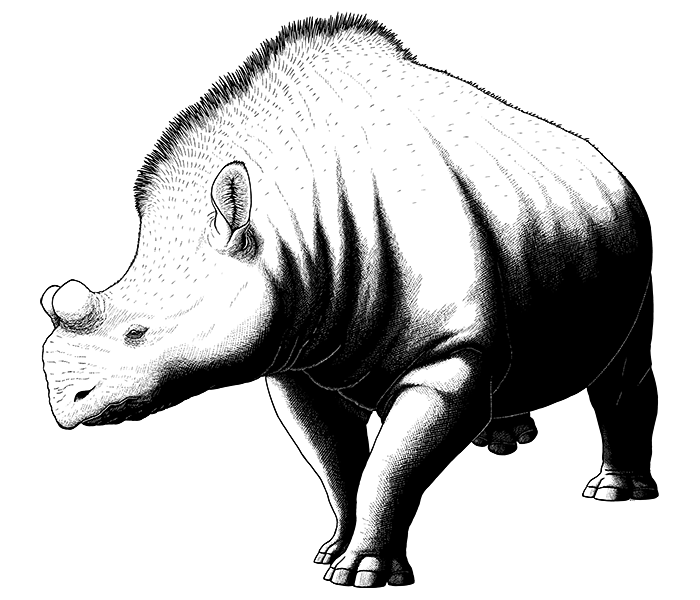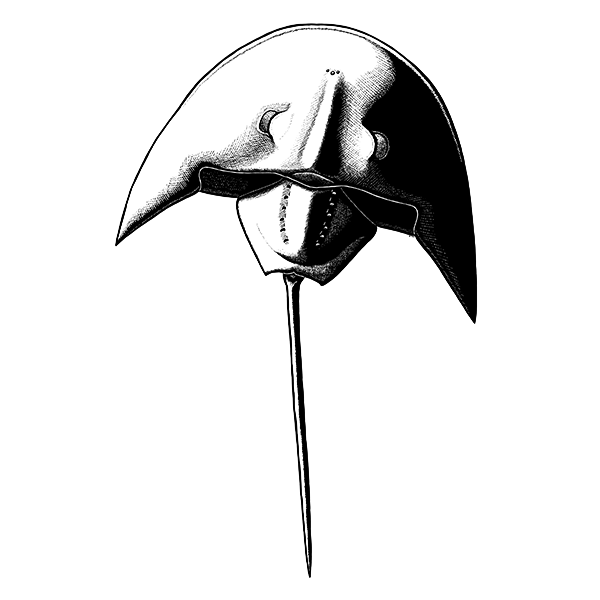Erlikosaurus andrewsi, a therizinosaur from the Late Cretaceous of Mongolia (~90 mya).
Named after Erlik, the Turko-Mongolian god of death, it’s only known from partial remains – but it was the first therizinosaur ever found with a preserved skull, helping to fill in some of our knowledge of these oddball dinosaurs’ anatomy.
It was closely related to Therizinosaurus, but was only about half the size, estimated to have measured around 4-5m long (13′-16’4″). It would have had a toothless beak at the front of its jaws, an adaption for a herbivorous diet, along with long claws on its hands and a coat of fluffy down-like feathers. I’ve also given it some longer quill-like feathers here, similar to those known in Beipiaosaurus.




